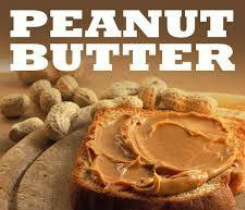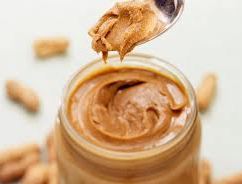 www.seedguides.info
www.seedguides.info Those in the early stages of Alzheimer’s disease lose their sense of smell in the left nostril more quickly than in the right and peanut butter is the perfect substance with which to detect the problem. That’s thanks to its status as a ‘pure odorant,’ meaning its smell is detected exclusively by our olfactory nerve. Most smells are also detected with our trigeminal nerve, which is responsible for sensation in the face. But it’s the olfactory nerve that’s important in Alzheimer’s research. Degradation in the olfactory center of the brain is one of the first signs of the disease.
 www.nydailynews.com
www.nydailynews.com The findings could translate into a fast and easy way to detect the initial stages of Alzheimer’s, so that it can be slowed with drugs as early as possible. Read more here.
Although the peanut has a long history, having been found in Peruvian mummy tombs, peanut butter is a relatively young food. In 1890, an enterprising physician, Dr. John Kellogg (of corn flakes fame), created peanut butter as a healthy protein substitute that was easy to digest for patients with no teeth.
Many people dispute the spread's overall healthy effect, although peanut butter contains many beneficial nutrients. One of the main drawbacks is that some of it enters into the bloodstream. The more disturbing news is that some people find peanut butter addictive.
When I was young and physically fit, I indulged in an occasional peanut butter and banana sandwich. Maybe I'd even add honey. I rarely eat the spread nowadays, although sometimes I slip a teaspoon into a bowl of plain Greek-style yogurt and banana for lunch. I guess I haven't lost the memory of a past pleasure.
I think I'll try the sniffing test. How about you?

 RSS Feed
RSS Feed






